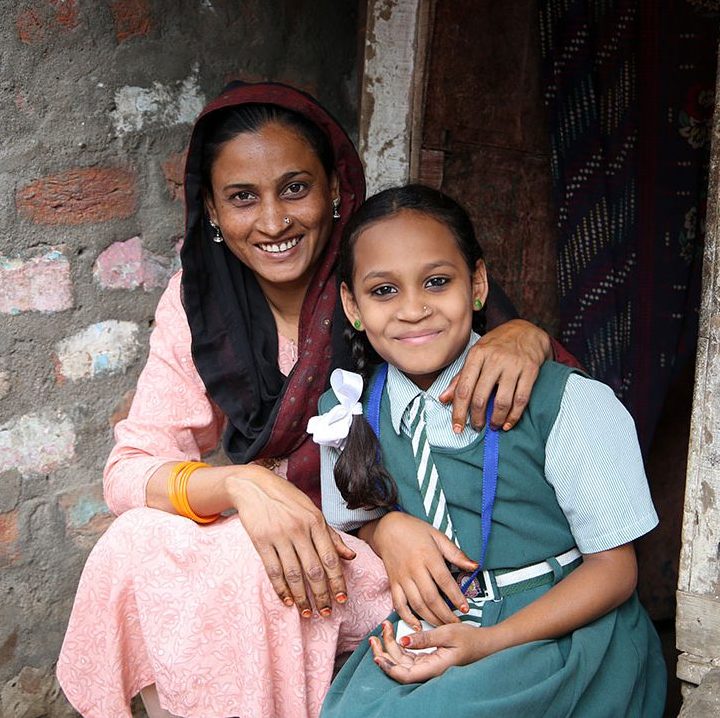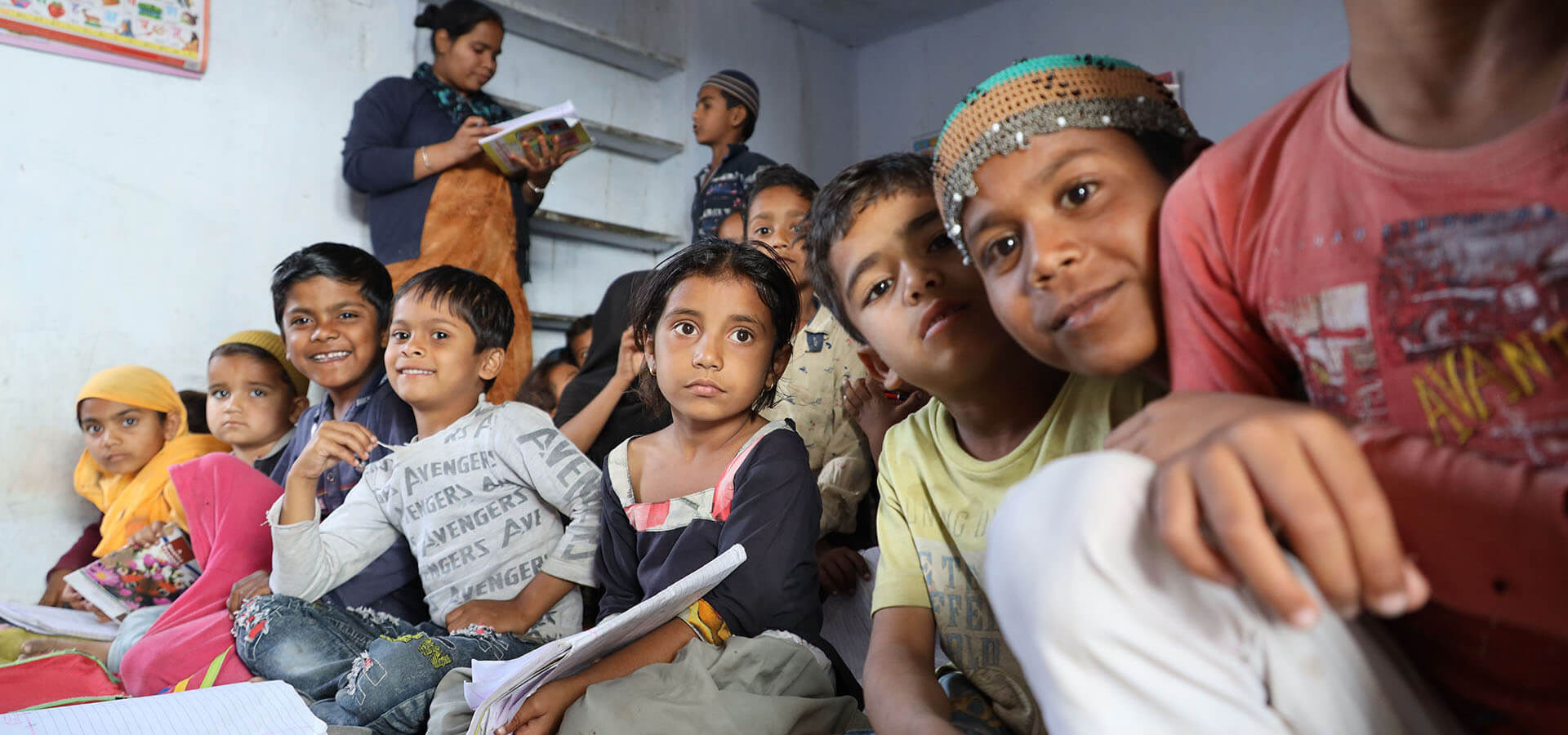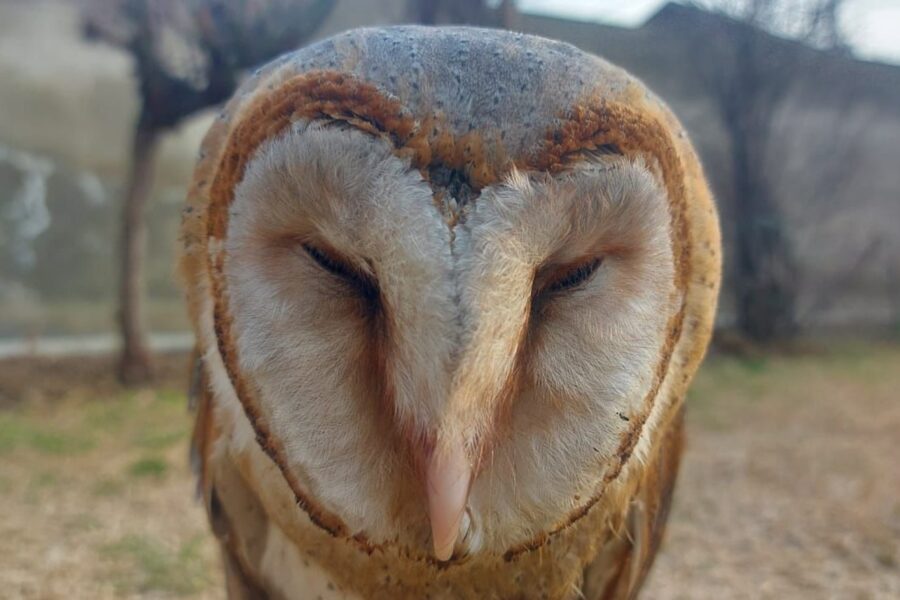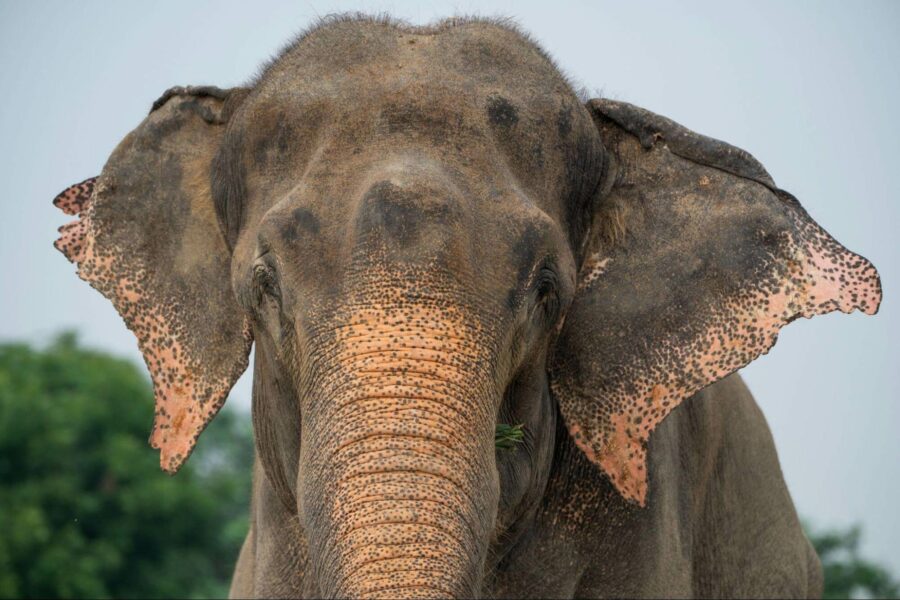It has been close to 15 years since we rescued India’s last dancing bear. Since a sloth bear named Raju arrived back in 2009, we have not seen the problem of ‘dancing’ bears reemerge in India. For me, I find great satisfaction that we were both able to bring an end to a cruel practice that had thrived for hundreds of years, and we were able to truly sustain change.
Although having strong laws to ban ‘dancing’ bears was important to the success of this effort, I found the critical component to ending this brutality was to understand the hardships of the people exploiting bears, known as Kalandars. The poverty these nomadic communities lived in was some of the worst I’ve ever witnessed. It was not unusual to see a family with 8 children living under a plastic tarp without walls. Finding a member of this community who could write their name was impossible. For the Kalandars, ‘dancing’ bears was all they and their ancestors had ever known. For them, it was the only way they knew how to earn money to survive. Therefore, it was clear that a strategy to get them to abandon ‘dancing’ bears would fail if it only relied on them embracing the values of wildlife conservation and animal welfare. Nor would criminalising them work. This had been attempted a few times and always failed because they knew of no other way to earn an income. So, we needed a different approach, and it wasn’t a simple quick-fix.

We needed to show them that their lives would be easier and more financially secure if they gave us their bears and tried a different vocation. However, nobody was going to take a leap of faith with us and we needed to work to gain their trust. This was not easy and our desire to help was initially met with suspicion and scepticism.
It took many years, but we ultimately did win the trust of the Kalandar by showing them we cared and invested in their communities. This was done by covering the costs to send their children to school, giving the men training in a new vocation and empowering the women to have opportunities to earn an income. By investing in the community, the families became more prosperous. This led to people willingly relinquishing their bears and the end of poaching bears in the forest to support the demand.
Now if you visit a Kalandar community, no child under the age of 15 has ever seen a ‘dancing’ bear and would never consider wanting to do this as a livelihood. The dreams of these children are relatable to most of us. They want to be entrepreneurs, doctors and teachers. For the first time, women and girls are learning skills to earn money for the family, disrupting historical patriarchy. The future of the communities’ children has never looked brighter.
We have been working with the Kalandar community for 25 years now and the lessons I’ve learned to save ‘dancing’ bears can be used to address many of our conservation challenges. Many people told me that we would not succeed to end the ‘dancing’ bear problem because we were up against poverty, tradition and a lack of education. However, all these issues in the end didn’t matter because ultimately they wanted what most of us want. They desired a life with dignity, opportunities for their children and some security. By helping them acquire these things we were able to achieve our ultimate objective, which was to save India’s sloth bears.
Bears were ‘danced’ for centuries, and truly lasting cultural change requires diligence. The threat of sloth bear exploitation still exists, but with every new generation of children, these practices become a further-distant memory. Practically speaking, we can’t sweep into a community, make a few arrests, and expect to make a far-reaching impact in the conservation of India’s wildlife. The success of Kalandar communities is a model for future conservation, and they have become some of our best advocates for change. This is why it is critical to continue the modest support for Kalandar families, while learning to adapt this visionary conservation model to other wildlife protection efforts.
Nikki Sharp
Executive Director, Wildlife SOS
Give To Support Our Kalandar Program
Your donations to the Wildlife SOS Kalandar rehabilitation program goes to schooling for children, vocational training, housing and seed funding for small business startups. Best of all, you’re helping to ensure lasting protection for India’s precious sloth bears.
GIVE TO THE KALADAR PROGRAM




